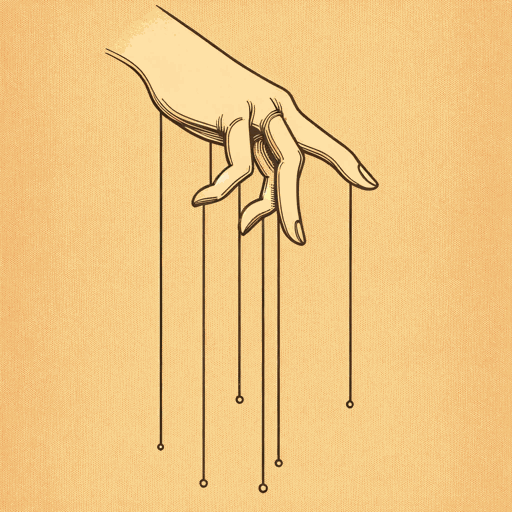60 pages • 2 hours read
Robert B. CialdiniInfluence: The Psychology of Persuasion
Nonfiction | Book | Adult | Published in 1984A modern alternative to SparkNotes and CliffsNotes, SuperSummary offers high-quality Study Guides with detailed chapter summaries and analysis of major themes, characters, and more.
Chapter 1Chapter Summaries & Analyses
Chapter 1 Summary: “Levers of Influence: (Power) Tools of the Trades”
In each chapter, Cialdini uses multiple layers of sections, subsections, and sub-subsections. Throughout the summary, the titles of these are capitalized and placed in quotation marks to allow readers to easily locate specific references.
Cialdini begins by describing the “levers of influence,” referring to actions the persuaders use to elicit a desired response. Though baffling to those encountering them initially, they emerge from the scientific principles he elaborates in the book.
Cialdini writes that all animals have “fixed action patterns,” which are survival shortcuts. For example, a mother turkey will always welcome chicks that make a certain sound; if another animal makes that sound, even an enemy, the hen will protect it.
Cialdini writes in the section “Click, Run” that humans also employ fixed action patterns. He notes that, because society is so complex, people need ways to accomplish things with less thought. They need lots of shortcuts. For instance, if something is more expensive, we perceive it as better. If an expert chooses an item or course of action, we are likely to do the same.
In “Simplifying by Betting the Shortcut Odds,” Cialdini writes that psychologists have uncovered many decision shortcuts people employ daily. Termed “judgmental heuristics,” these shortcuts allow for simplified thinking that usually works well but sometimes leaves individuals open to mistakes.

